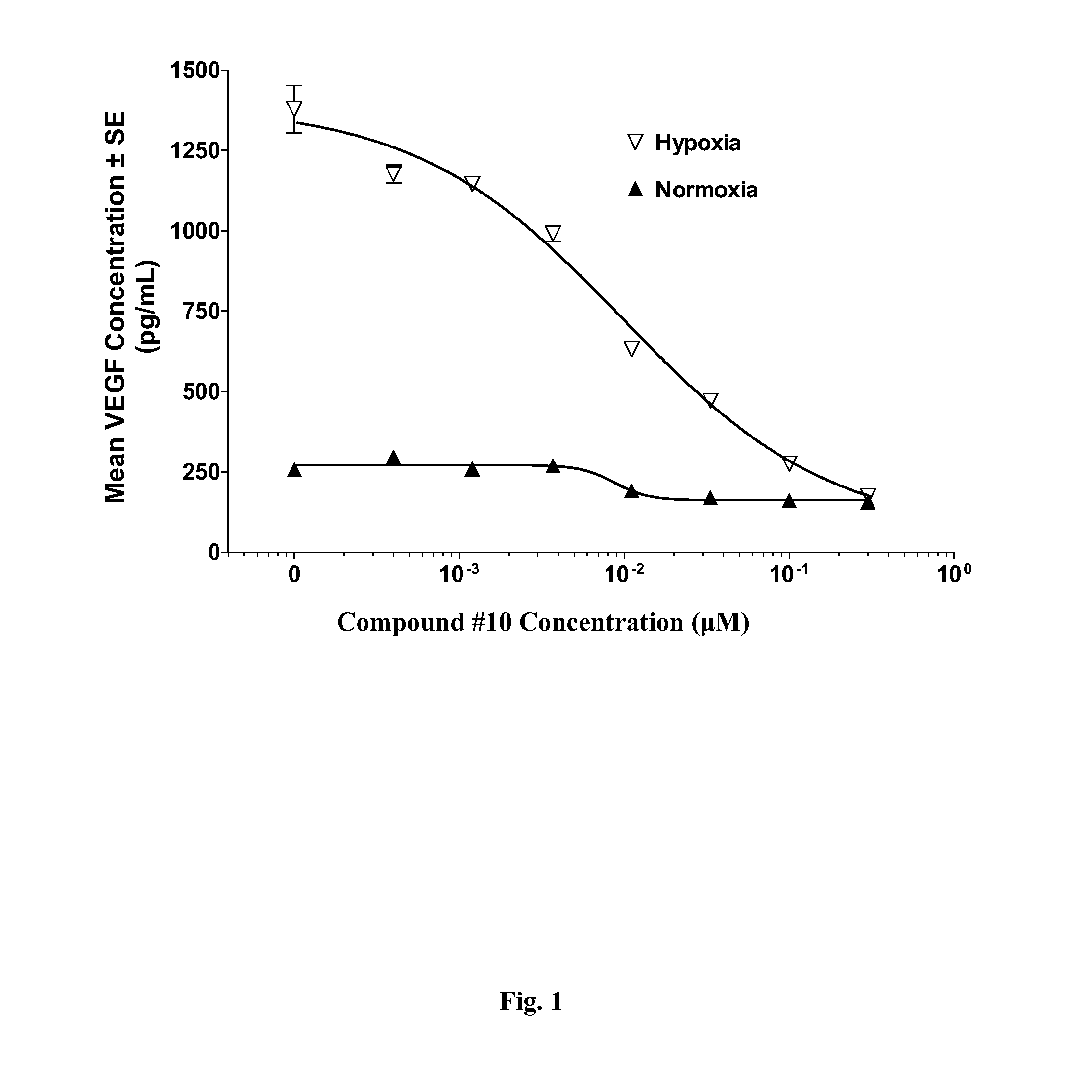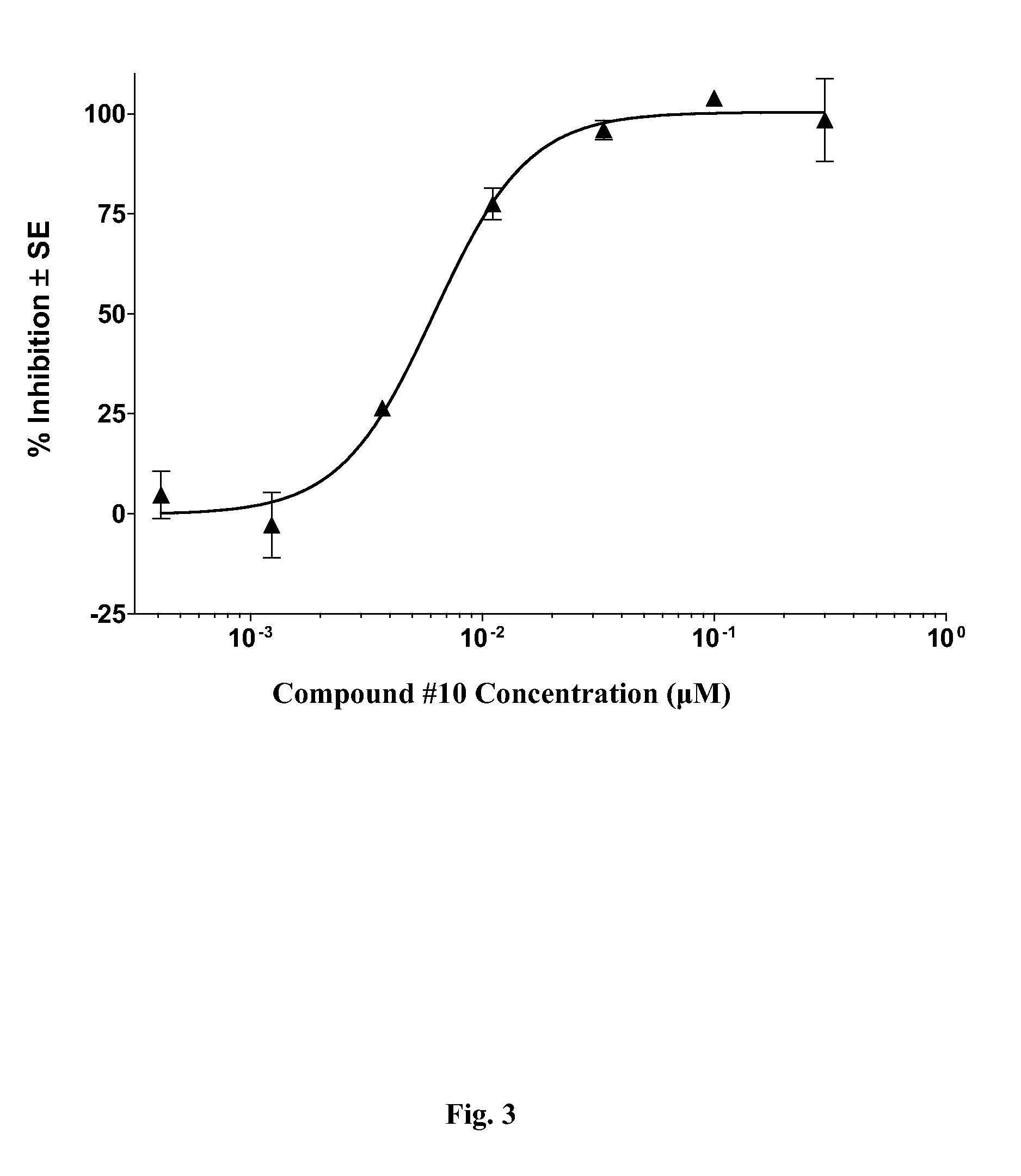Methods for treating brain tumors
a brain tumor and treatment method technology, applied in the field of brain tumor treatment methods, can solve the problems of rapid tumor progression and low survival rate, rapid tumor growth, and tumor can start producing symptoms quickly, so as to limit the proliferation of such tumor cells, limit the growth of solid tumors or tumor-related inflammation or edema, and limit the vascularization and further growth of solid tumors.
- Summary
- Abstract
- Description
- Claims
- Application Information
AI Technical Summary
Benefits of technology
Problems solved by technology
Method used
Image
Examples
Embodiment Construction
[0103]Presented herein are methods for treating brain tumors. In one aspect, the methods for treating brain tumors involve the administration of a Compound, as a single agent therapy, to a patient in need thereof. In a specific embodiment, presented herein is a method for treating a brain tumor, comprising administering to a patient in need thereof an effective amount of a Compound, as a single agent. In another embodiment, presented herein is a method for treating a brain tumor, comprising administering to a patient in need thereof a pharmaceutical composition comprising a Compound, as the single active ingredient, and a pharmaceutically acceptable carrier, excipient or vehicle.
[0104]In another aspect, the methods for treating brain tumors involve the administration of a Compound in combination with another therapy (e.g., one or more additional therapies that do not comprise a Compound, or that comprise a different Compound) to a patient in need thereof. Such methods may involve ad...
PUM
| Property | Measurement | Unit |
|---|---|---|
| Time | aaaaa | aaaaa |
| Time | aaaaa | aaaaa |
| Time | aaaaa | aaaaa |
Abstract
Description
Claims
Application Information
 Login to View More
Login to View More - R&D
- Intellectual Property
- Life Sciences
- Materials
- Tech Scout
- Unparalleled Data Quality
- Higher Quality Content
- 60% Fewer Hallucinations
Browse by: Latest US Patents, China's latest patents, Technical Efficacy Thesaurus, Application Domain, Technology Topic, Popular Technical Reports.
© 2025 PatSnap. All rights reserved.Legal|Privacy policy|Modern Slavery Act Transparency Statement|Sitemap|About US| Contact US: help@patsnap.com



